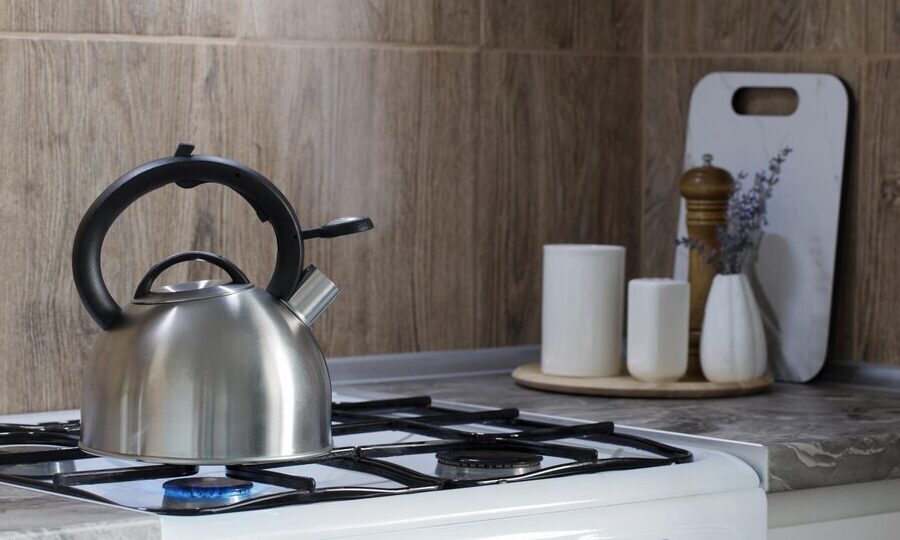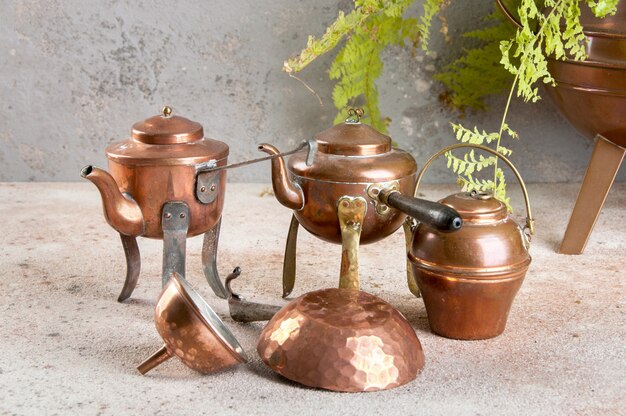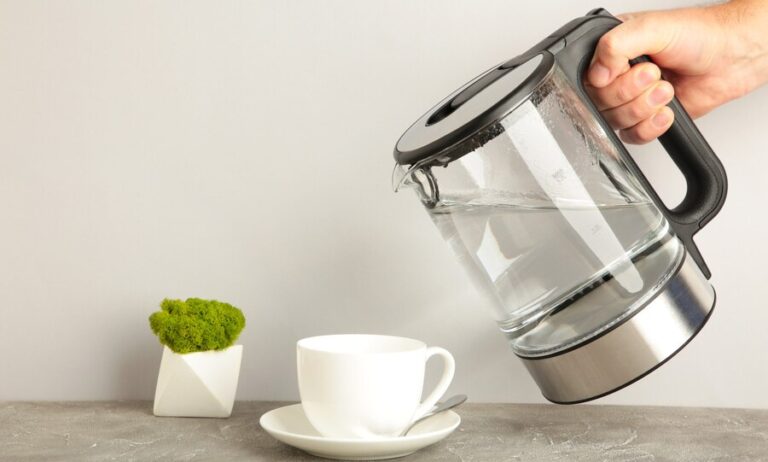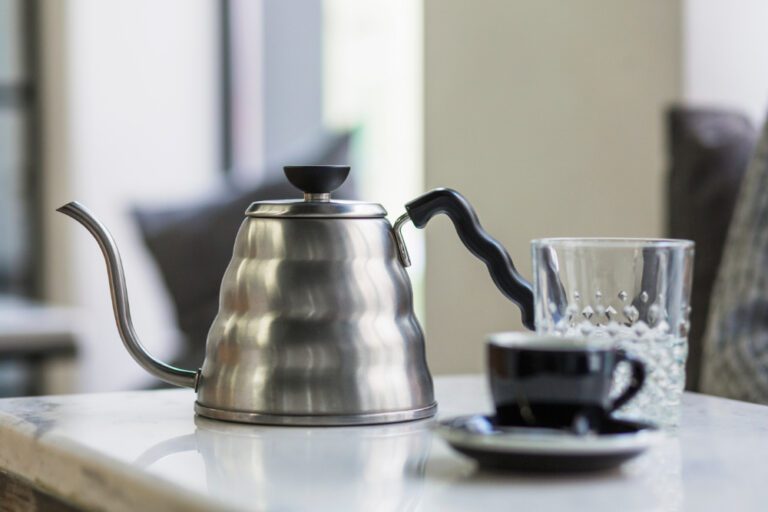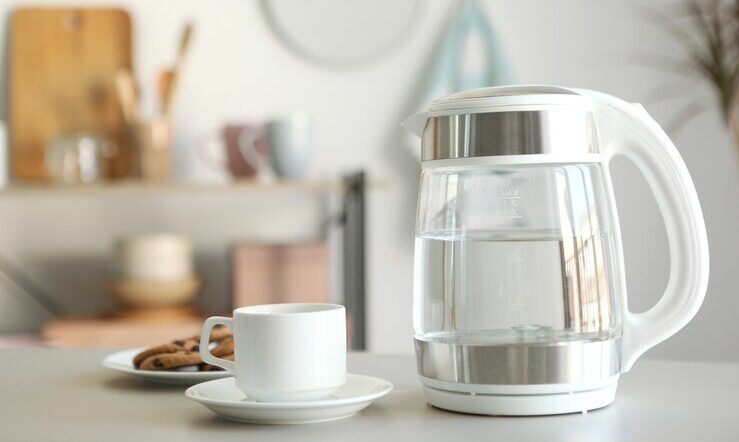How to Choose the Perfect Stovetop Kettle: A Fast & Easy Guide
Stovetop kettles are popular because they are practical and have a history of returning to fashion. Despite the variety of newly designed electric kettles that can heat water relatively quickly, stovetop kettles remain popular among those who like to create appliances themselves.
In this guide, you will find the key considerations that will help you make the right choice and get the stovetop kettle that suits your lifestyle and needs.
Looking for the best stovetop kettles? Explore our Top Picks for the Best Stovetop Kettles, blending style, durability, and function. Find the perfect kettle to suit your kitchen and brew your Favorite drinks easily!
Table of Contents
Factors to consider when buying a stovetop kettle:
Material:
Stovetop kettles are available in various materials, each with its pros and cons:
- Stainless Steel: Stainless steel kettles are also very rugged and difficult to rust, giving them a modern look and easy to clean. They take less time to heat, yet they do not stay as hot as cast iron skillets.
- Cast Iron: Large and cumbersome, these kettles are highly efficient at retaining heat, so water stays hot for longer. However, compared to steel pipes, they are slightly more vulnerable to rusting, so they demand more care.
- Glass: Glass kettles are classy, and you can check the water as it boils. Today’s sleek models are also visually more attractive, but they are somewhat more delicate and incompatible with all types of stoves.
- Copper: Copper kettles conduct heat well, so they look old-fashioned but require frequent washing to make them shiny.
Size and Capacity:
Choosing the right size depends on your needs:
- Small (under 1 liter): This is perfect for individuals who do not use tea frequently or when someone is alone.
- Medium (1-2 liters): This is appropriate for most families who incorporate it into their daily routine.
- Large (over 2 liters): It is most suitable for households with many members, for entertaining guests, or for people who prepare several portions of tea or coffee at a time.
Design Features:
- Spout and Pouring: A well-designed spout is important during the pour because it ensures that no drips interrupt the flow when doing things like pour-over.
- Handle and Lid: Ergonomic handle grips and secure sealing lids improve functions. Flameproofing handles could protect users from burns.
- Whistling Feature: A whistling spout is safer for the same reason since it enables you to know when the water in the kettle is boiling by whistling at you!
- Compatibility with Different Stovetops: Make sure the kettle is compatible with your stovetop, whether it is gas, electricity, induction, or another type.
- Ease of Cleaning and Maintenance: Some kettles have wider openings for easy cleaning, and some materials used in making the kettle will require special cleaning, like seasoning its surface if it is made from cast iron to remove the chances of rusting.

Types of stovetop kettles: material, design & size
By Material:
By Design:
By Size and Capacity:
Stovetop Kettles vs. Electric Kettles: Comparing Function, Style, and Convenience
Heating Speed:
Electric kettles are usually quicker at heating water because they have their own heating plates, unlike stovetop kettles. If that’s important to you, choose electric kettles, but stovetop kettles use a conventional heating method.
Energy Efficiency:
Stovetop kettles are more efficient on a gas stove, while electric kettles work with electricity, which is not necessarily the best energy source.
Portability and Versatility:
Stovetop kettles are ideal for camping, cooking outside, or in places without electricity.
Aesthetics and Kitchen Style:
Stovetop kettles do not seem out of place in rustic or traditional kitchens, while electric ones blend well with modern, minimalistic-looking kitchens.
Maintenance Requirements:
Some stovetop kettles may need daily cleaning of the remaining scale, while others, such as electric kettles, contain special sections that should be handled carefully during cleaning.
Top 5 Recommended Stovetop Kettles for Different Needs:
- Best Overall Stovetop Kettle: This kettle offers versatility, including being made from stainless steel, having a comfortable handle, and having a whistling system.
- Best for Tea Enthusiasts: The gooseneck kettle’s control over the pouring flow makes it ideal for pouring tea to the tee.
- Best for Coffee Lovers (Gooseneck): Gooseneck spouts offer more control, making them ideal for pour-over coffee methods.
- Best Budget-Friendly Option: This is a low-cost kettle with simple, sturdy construction and decent performance.
- Best High-Capacity Kettle: This model is perfect for big households because of its 2.5-liter capacity and is ideal for cooking for guests.
FAQs:
Conclusion: Finding the Right Kettle for Your Needs: A Final Overview
In conclusion, when selecting a stovetop kettle, one should consider the following points: material, size and shape, design, and compatibility with the stovetop. From the conventional whistling kettle to the accurate gooseneck kettle, there is always a fit in the market for every use.
Kettles on the stovetop are durable, stylish, and flexible, thus suitable for different kitchen layouts. Check out the best options, see what appeals to you, and savour the traditional brewing method with a stove. Look at the recommended kettles to select the most suitable product for your needs and preferences.
